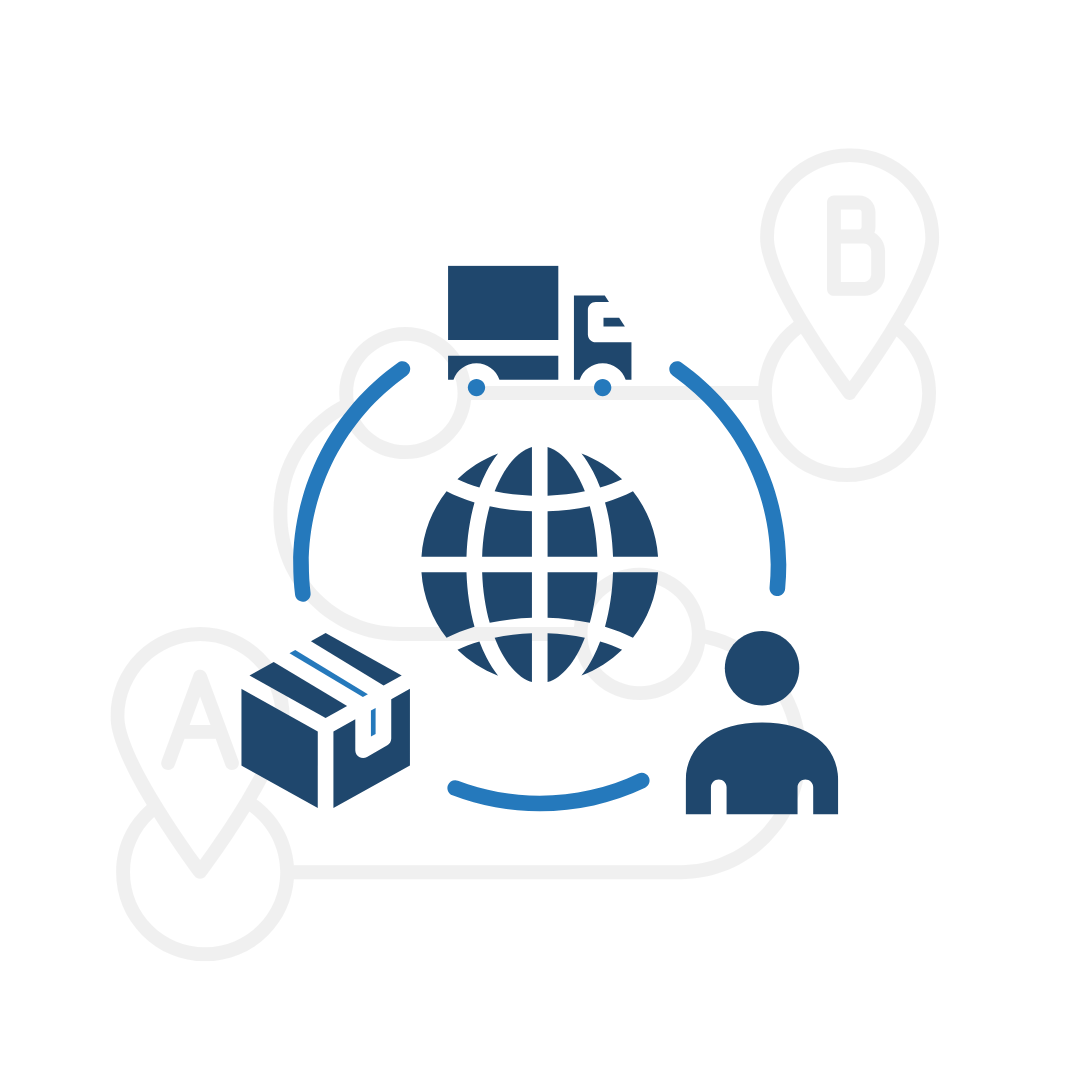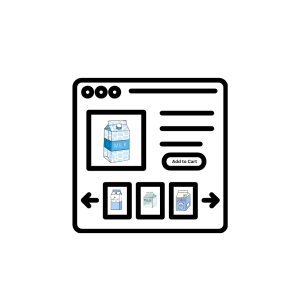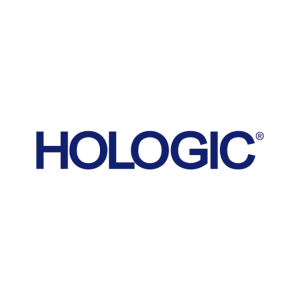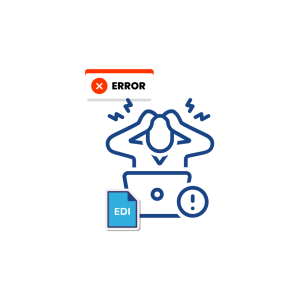Introduction

Supply chain transformation has been the buzzphrase in the Healthcare world for some time now, but what the heck is it? The answer to this depends on who you are talking to.
The traditional supply chain involves the movement of goods from supplier to demander, from manufacturer to retailer, manufacturer to distributor, or distributor to retailer, and so on. These physical supply chain activities are governed by the whole procure-to-pay transaction sets, paper or electronic, of the purchase order, invoice, and final payment. Certain experts in Healthcare have proposed to extend this supply chain definition to include the patient as the final demander and so the supply chain extends to the hospital room and patients Electronic Health Record (EHR/EMR).
This theoretical extension to the patient and patient record has taken the attention of many, when in fact the traditional supply chain in healthcare today for the most part lies stuck in the 1980’s. This needs to be fixed before the extension can be addressed. In Canada, less than 30% of purchase orders are delivered electronically resulting in needless paper processing that is adding billions of dollars to healthcare costs. These costs are hidden in the back office and result in increased product costs from manufacturers.
In the modern retail world, 100% of issued purchase orders are delivered electronically and thus invoicing is returned in the same format. Then an auto-match-pay process eliminates all the paper processing saving that industry many 10’s of billions of dollars annually.
In fact, Gartner estimates the COVID-19 pandemic has fast-tracked digital adoption by five years. While the healthcare industry has made great progress in automating supply chain processes, COVID-19 illustrated that large gaps in procure-to-pay automation remain. Moving forward, the healthcare industry must bring even greater levels of automation to the procure-to-pay cycle. One area of focus for both providers and suppliers will be to speed the adoption of electronic invoicing and payments. This will reduce the costs associated with manual processes and enable more fluid decision-making around cash management
A recent survey by EY found that improved supply chain visibility is the number one business priority during the next three years. To achieve this, healthcare must fix its data issues. The first step is to establish a modern data strategy that integrates and normalizes data across multiple stakeholders and ensures it is clean, accurate, and can flow easily across systems
Gartner forecasts the enterprise resource planning (ERP) market will reach $44 billion by 2022, with much of that growth driven by the adoption of cloud-based systems. In healthcare, moving to a cloud-based ERP system enables real-time integration with other cloud-based systems, such as electronic health records and accounts payable. By linking the supply chain with financial and clinical systems, organizations can better assess how supply choices influence the total cost of care, revenue and reimbursement, safety, quality, and patient experience. However, cloud-based ERP systems are only as valuable as the data that power them. In developing a cloud ERP strategy, healthcare organizations must find a technology partner with healthcare and supply chain expertise to ensure that the supply chain data powering the ERP system will provide the insight necessary to improve patient outcomes and lower the cost of care.
Key Drivers of Supply Chain Transformation: Several factors are driving the need for supply chain transformation in today’s business landscape. Here are some key drivers:
Technological Advancements: Rapid advancements in technologies such as artificial intelligence, blockchain, Internet of Things (IoT), and robotics have revolutionized supply chain operations. Integrating these technologies into the supply chain can unlock new levels of visibility, automation, and efficiency.
Changing Consumer Expectations: Customers today expect fast, reliable, and personalized experiences. To meet these expectations, businesses need to optimize their supply chains to enable faster order processing, seamless omnichannel experiences, and real-time visibility into product availability.
Globalization: With expanding markets and complex global networks, supply chains have become more intricate. Supply chain transformation helps businesses navigate complexities such as cross-border logistics, diverse regulatory requirements, and cultural differences, enabling them to compete effectively in the global marketplace.
Sustainability and Social Responsibility: The increasing focus on sustainability and social responsibility has prompted businesses to transform their supply chains. By adopting environmentally friendly practices, reducing waste, and ensuring ethical sourcing, companies can meet the growing demands for sustainable and socially responsible products.
Current Trends and Best Practices
1. End-to-End Visibility
Implementing advanced tracking systems and data analytics platforms to gain real-time insights into every stage of the supply chain. This visibility enables proactive decision-making and rapid response to potential disruptions.
2. Predictive Analytics
Leveraging big data and machine learning algorithms to forecast demand, optimize inventory levels, and anticipate potential supply chain disruptions before they occur.
3. Automation and Robotics
Deploying autonomous vehicles, robotic process automation (RPA), and AI-powered systems to streamline warehouse operations, reduce errors, and increase efficiency.
4. Collaborative Ecosystems
Fostering closer partnerships with suppliers, logistics providers, and even competitors through shared platforms and data exchanges to create more resilient and responsive supply networks.
5. Sustainable Supply Chains
Implementing circular economy principles, reducing packaging waste, and optimizing transportation routes to minimize environmental impact while meeting consumer demands for eco-friendly practices.
6. Cloud-Based Solutions
Migrating to cloud-based supply chain management systems to enhance scalability, facilitate real-time collaboration, and enable seamless integration with other business systems.
7. Digital Twins
Creating virtual replicas of physical supply chains to simulate scenarios, optimize processes, and test new strategies without disrupting actual operations.
The Impact on Modern Businesses
Supply chain transformation is not just a technological upgrade; it’s a strategic imperative that can deliver significant benefits:
1. Enhanced Agility
Transformed supply chains can quickly adapt to market changes, consumer preferences, and unexpected disruptions.
2. Improved Efficiency
Automation and data-driven decision-making lead to optimized processes, reduced costs, and improved resource allocation.
3. Increased Customer Satisfaction
Faster delivery times, improved product availability, and personalized services result in higher customer satisfaction and loyalty.
4. Competitive Advantage
Companies with transformed supply chains are better positioned to innovate, enter new markets, and outperform competitors.\
5. Sustainability
Modern supply chain practices contribute to reduced environmental impact and improved corporate social responsibility.
Challenges and Considerations
While the benefits of supply chain transformation are clear, the journey is not without challenges. Organizations must navigate issues such as:
1. Data Integration
Ensuring seamless data flow across disparate systems and stakeholders.
2. Change Management
Overcoming resistance to change and fostering a culture of innovation and continuous improvement.
3. Skill Gaps
Addressing the need for new skill sets in areas like data analytics, AI, and digital technologies.
4. Cybersecurity
Protecting sensitive data and ensuring the integrity of interconnected systems.
5. ROI Justification:
Balancing short-term costs with long-term strategic benefits.
Conclusion
Supply chain transformation has emerged as a strategic imperative for businesses navigating the complexities of the modern marketplace. It encompasses a holistic approach to redefining and optimizing supply chain processes through technology, innovation, and strategic partnerships. As industries evolve, embracing supply chain transformation becomes not only a response to challenges but a proactive strategy to enhance agility, responsiveness, and overall competitiveness in an ever-changing business landscape.
Ready to find out more about Commport Supply Chain Solutions?
Top 30 Supply Chain KPIs Your Business Should Be Tracking & Measuring
Frequently Asked Questions
Supply chain transformation involves the comprehensive reevaluation and redesign of supply chain processes to improve efficiency, responsiveness, and overall performance. It is crucial for businesses to adapt to evolving market dynamics, enhance customer satisfaction, and stay competitive in a rapidly changing global environment.
Technology plays a pivotal role in supply chain transformation by enabling automation, data analytics, artificial intelligence, and other advanced tools. These technologies enhance visibility, streamline processes, and facilitate real-time decision-making, driving overall efficiency and responsiveness in the supply chain.
Supply chain transformation is applicable to businesses of all sizes. While larger enterprises may have more extensive resources, smaller businesses can leverage tailored strategies and technologies to enhance their supply chain processes, improve agility, and meet customer demands effectively
Supply chain transformation can contribute to sustainability by optimizing logistics, reducing waste, and incorporating eco-friendly practices. Technologies like blockchain and data analytics enable better tracking of environmental impact, supporting businesses in aligning their supply chain practices with sustainability goals.
Common challenges include resistance to change, technology integration issues, and data security concerns. Mitigating these challenges involves fostering a culture of adaptability, investing in change management strategies, collaborating with experienced partners, and implementing robust cybersecurity measures to ensure a smooth and secure transformation process.





